This year marks a new beginning for our geography class.
Our class for 2015-16 will start fresh! We are hoping for some new faces to join us for a year of geography fun!
If you have a student interested in studying world geography let us know. We welcome students ages 11-17 to form a new geography class for 2015/16.
All classes will meet in Sagamore Beach. The cost per class is $10/family. Our goal is meet 2 times per month.
Geography Goals 2015/2016
This year World Geography will start with a brief review of concepts from our study last year:
longitude/latitude, relative location, hemispheres, tropics, and international date/time. Continuing students will refer to their own detailed political and geographical maps. New Students, who are joining the group will be mentored by returning students in the art of map making. Geographic vocabulary terms along with political topics will be covered.
The goal of our mapping program this year is to cover the following regions: Northern Asia, Southern Asia, Australia, & Pacific. Emphasis will be placed on understanding regional cultures, religions, climate, geographic features, and economics with respect to how they shape individual people and nations.
If you would like to join our group please use the contact sheet below.
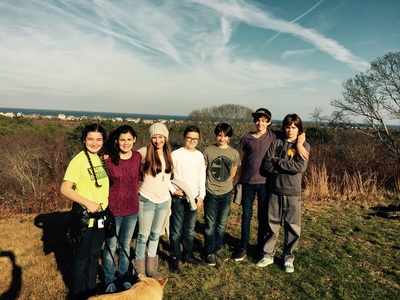
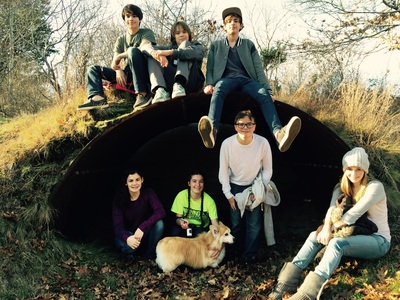
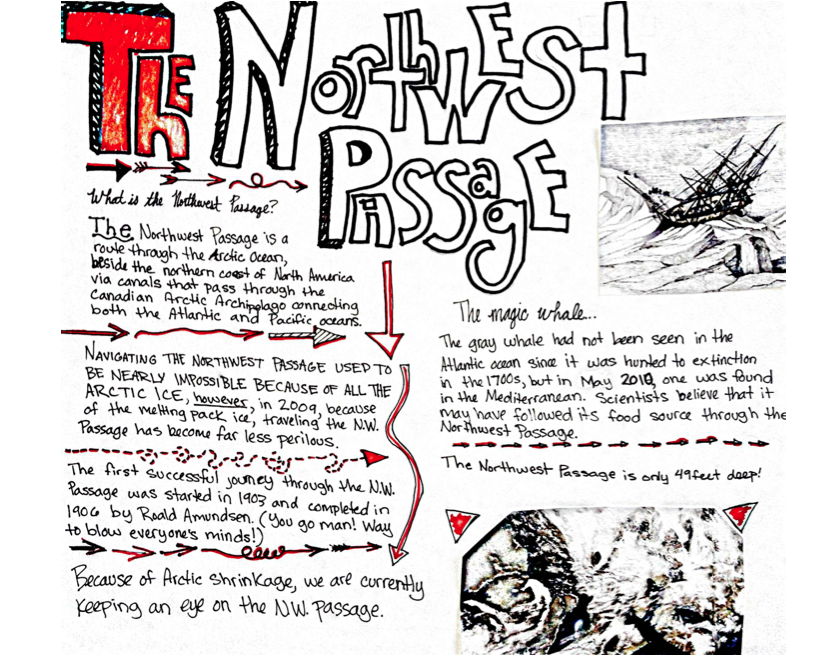
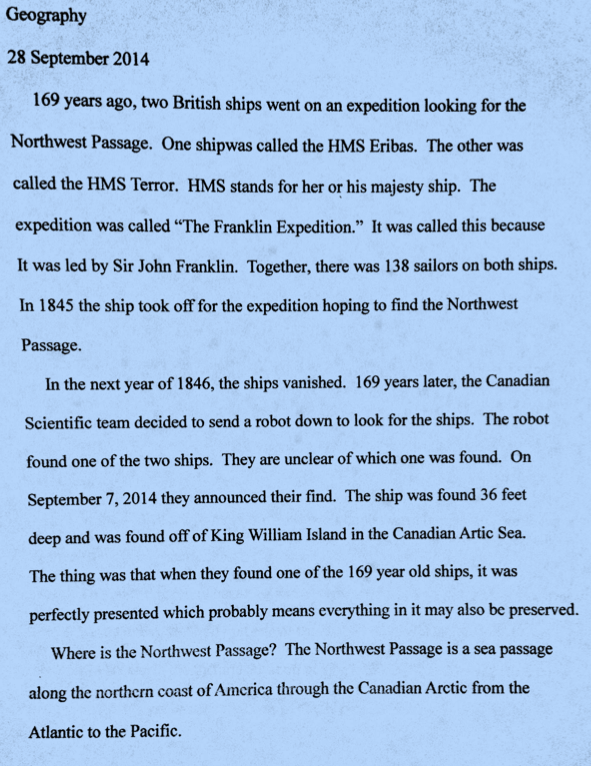
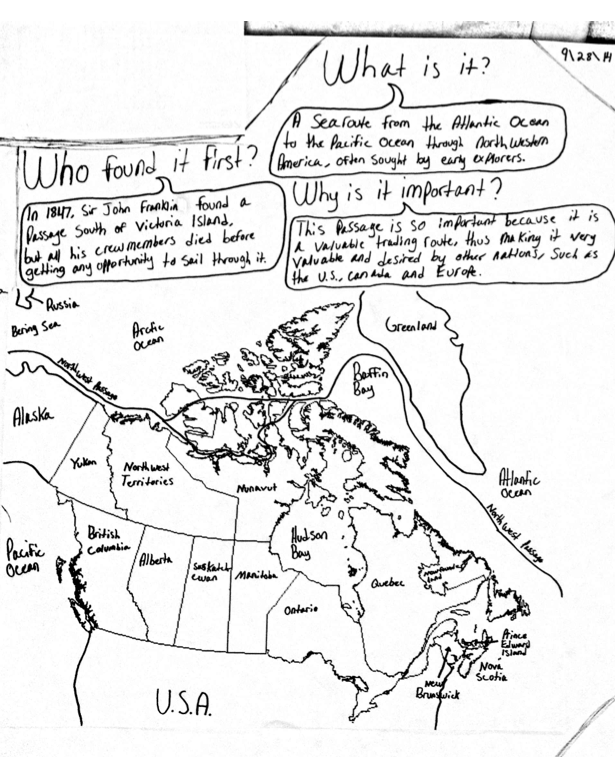
 RSS Feed
RSS Feed